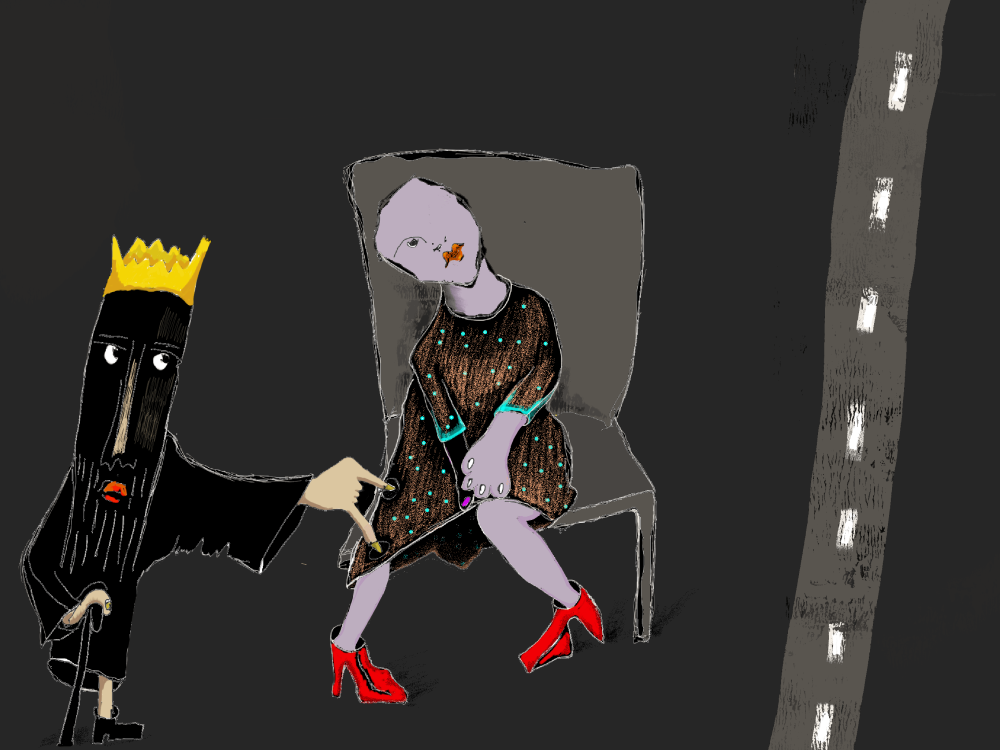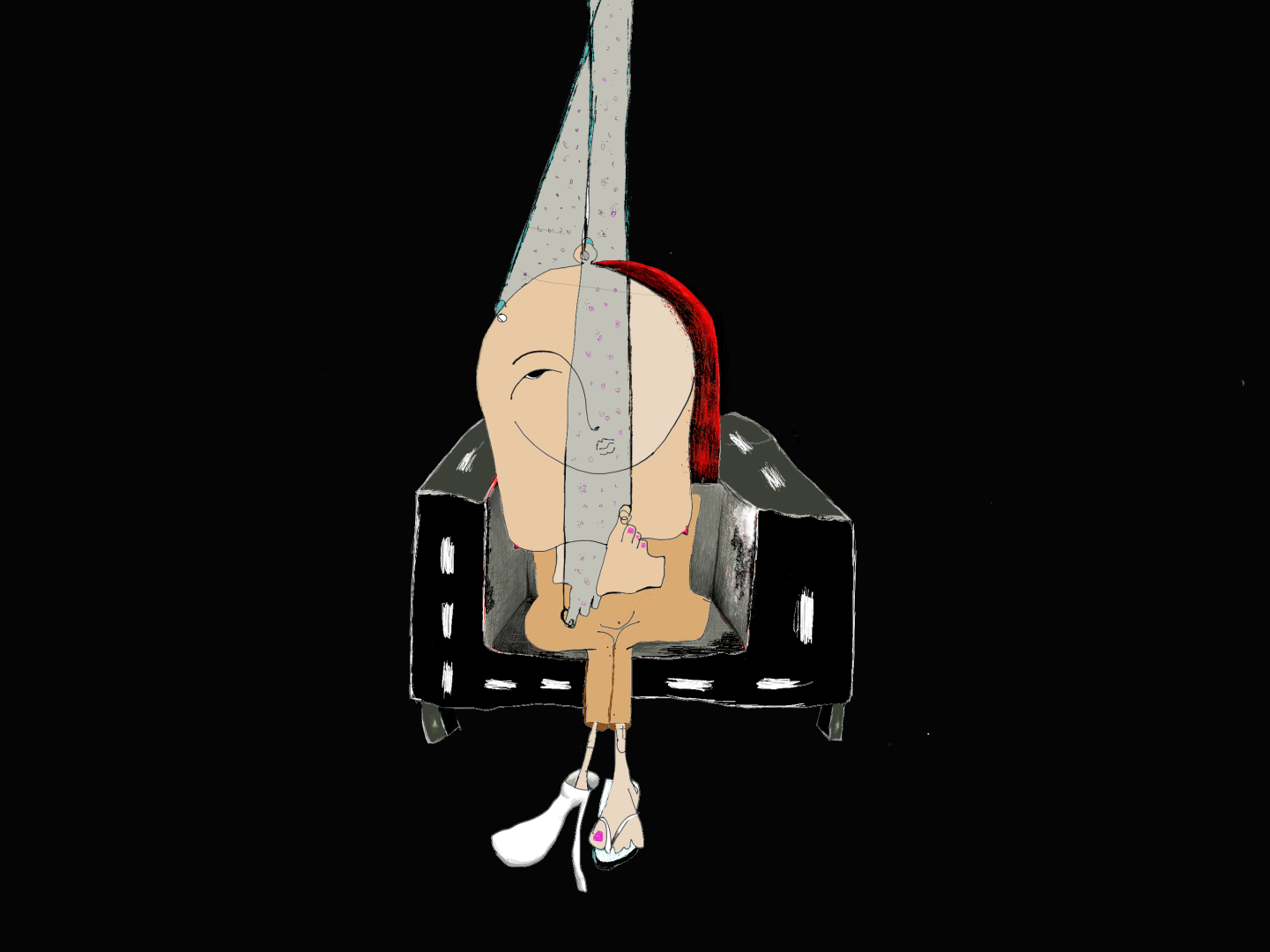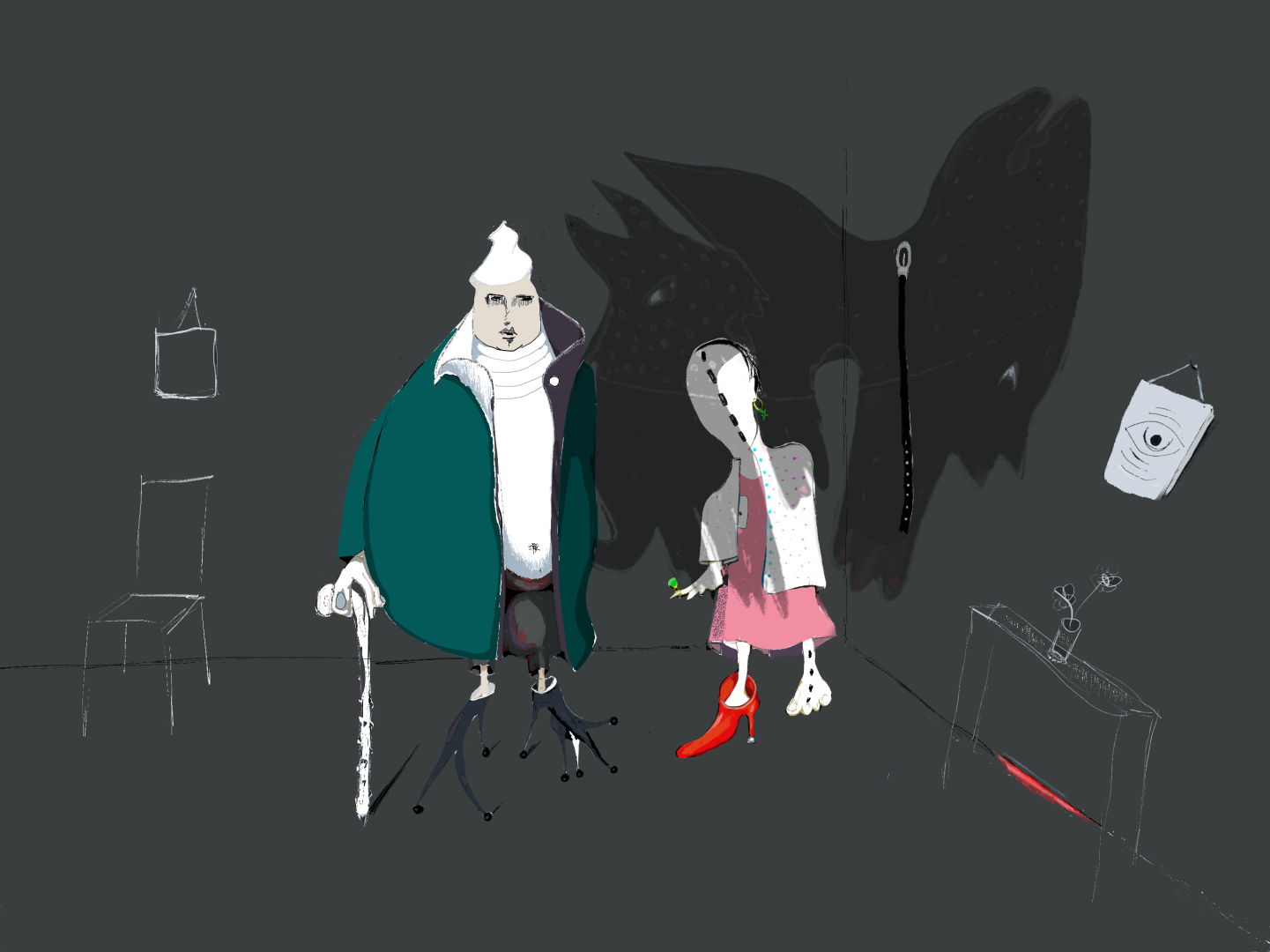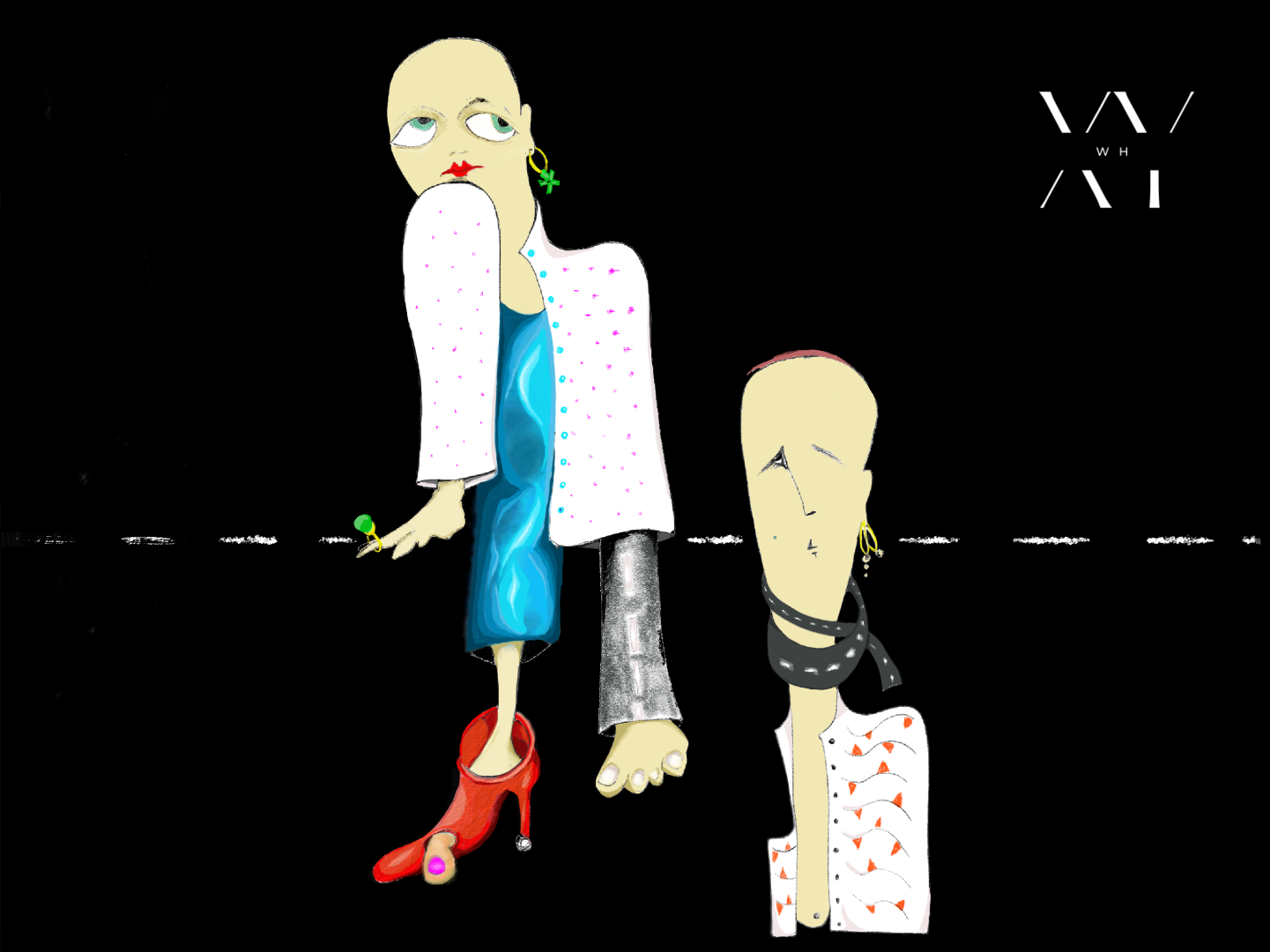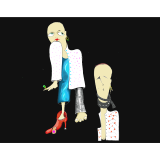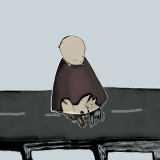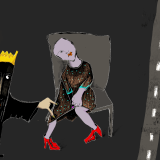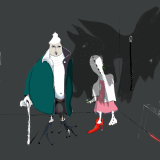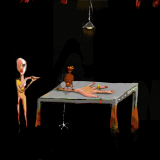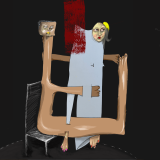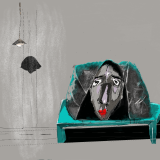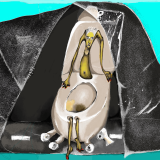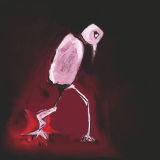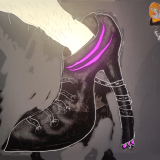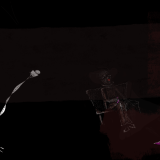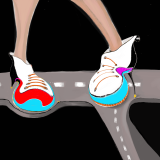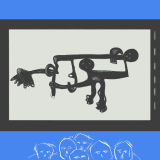Bayan Rihan (born 1986) is an activist from Douma, Eastern Ghouta, out of Damascus. She was with the Qubisiyat (Al-Qubaysiat, or Al-Qubaisiat (القبيسيات), is an Islamic women’s organisation established in the early 1960s) before she left them when the revolution started. In an interview with Aljumhuriya, Bayan answered the question of whether, as a woman, she feels that religious rules don’t do her justice in one way or another.
“Honestly, no. And the reason is that I used to feel that my rights were always respected within the family. I didn’t have that feeling. But when I grew up and started to step out of the family, I saw injustice against women in our societies. Then I started to get second thoughts. I trust in God, that He is not unjust, and he will not send codes and rules that are unjust towards some people. The problem is in the people who don’t understand His wisdom, yet they interpret His words.”
Were Qubisiyat really keen on preparing strong women who would provide Syrian society with something new? What was that thing?
“Qubisiyat are perhaps among the first to deploy the idea of leadership preparation programmes and neuro-linguistic programming across the Arab world. They dreamed of changing society by changing women and creating a coalition among them. If we categorise them as a political movement, we can say that they managed at some point to build a big and broad base of popularity, and they gained the trust of the people. They also spread to neighbouring countries, even to Europe and America.”
What did they aim for? Simply for society to be religious?
“Religiousness was a stage, so that women would change. When she did, she would change her husband and family, until we reach ultimately the stage where we rebuild the Islamic state. Even if Qubisiyat never said that they are political, and they refuse to be political, their goal is not only to make people go to heaven. Of course, they will need decades to fulfil their goals, but when they have control over numbers, they will be able to effect change. People who lived during the 1990s and the 2000s in Damascus, the Damascus countryside, Hums and Hama must have noticed how far their influence extended and how strongly they impacted women.
“Qubisiyat were among the most active of movements. They always selected women of strong personalities and helped them promote this trait. They gave women leading roles in the movement, made them stronger. Sometimes, full change happens in the character of the members. My leadership, my ability to command, is because of the Qubaisi knowledge I got. I must have originally had some traits that I developed, but this process of learning gave me a great emotional and psychological balance. It also helped me unleash the skills I learned with the Qubisiyat in the service of the Syrian revolution.
“Among the tools Qubisiyats used to empower themselves was to abstain from marriage. The point here is that a husband, kids and a household will take up most of a woman’s time and efforts. A woman wouldn’t be ever able to dedicate herself to her religion. Qubisiyats solved the problem of women’s servitude in the house by cancelling the family and killing desire. I don’t know why I see a resemblance between this solution and what some feminists do after the experiences they undergo, in which the trade-off is between intimate relationships and creativity? Doesn’t this – rather pragmatic – solution have within it a great deal of hopelessness towards the possibility of cooperating with men? Don’t we have middle ground at all here?”
– Aljumhuriya *



